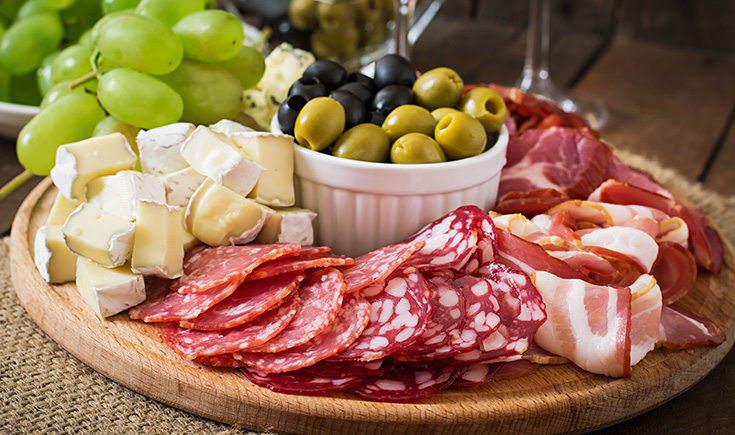

Your doctor may have informed you that now you are pregnant there is a list of foods that you need to avoid because of the listeria risk in pregnancy. That’s about the extent of the information provided, along with a list of the things to avoid.
Many women are seeking more information, so below we’ll decode what listeria risk actually is and give you a definitive list of foods you need to avoid.
When a woman becomes pregnant, part of the process is that her immune system is suppressed slightly to ensure that her body doesn’t reject the foetus growing within her. This slight suppression automatically puts a pregnant woman at a higher risk of illness.
Bacterias such as listeriosis and salmonella can take advantage of the compromised immunity and cause harmful infections. Listeriosis and salmonella poisoning (which presents as food poisoning) can be detrimental to a pregnant woman’s health, and the health of her baby.
While listeriosis is a relatively rare infection, the NSW Government state that there is only around 65 cases of listeriosis in Australia per year, with around 10 percent of these are pregnant women.
The NSW Government Food Authority advises that pregnant women “avoid refrigerated, ready-to-eat foods that may have been stored for long periods and look to consume freshly prepared foods wherever possible.”
Listeria and Your Baby
The presence of listeria in pregnant women can lead to septicaemia, meningitis, miscarriage, stillbirth, premature labour, the delivery of a low-birth-weight infant, and other health problems. While these cases are rare, it is important to understand the importance of minimising your risk.
Symptoms of Listeriosis in Pregnancy
Listeriosis may have no symptoms in the pregnant woman, or it can manifest as generalised malaise such as fever, chills, muscle aches, nausea and sometimes diarrhoea. Symptoms of a severe infection include a stiff neck, headaches, confusion, balance issues, or convulsions.
To further confuse things, it can take between two days and six weeks for symptoms to appear. According to research the highest risk for pregnant women and their babies is in the third trimester.
Foods To Avoid
The highest risk foods are foods that:
- are ready-to-eat (RTE, consumed without further processing)
- are processed by slicing, chopping or shredding after cooking
- rely on refrigeration temperatures to keep them safe and delay spoilage
- there are no other controlling factors such as preservatives, pH, salt, sugar or dried foods
- have a shelf life of greater than five days.
Highest risk foods include:
- Cold cooked chicken
- Cold processed meats such as ham and salami
- Soft and semi-soft cheese such a brie, camembert and feta
- Unpasteurised milk and dairy products
- Shell fish, cold smoked seafood and pre-cooked prawns, raw seafood, including oysters and sushi
- Pre-prepared or pre-packed cold salads
- Refrigerated Pâté and meat pastes
- Raw eggs (due to a high risk of Salmonella)
- Pre-cut fruit, unpasteurised juices
- Seed sprouts
- Soft serve ice cream.
Some safer alternatives to choose include:
- Freshly cooked meat, chicken, seafood that is steaming hot (avoid shell fish completely)
- Hard cheeses and pasteurised dairy products
- Canned foods
- Freshly washed and prepared fruit, vegetables and salads
- Eggs cooked so the yolk begins to thicken.
While list of foods to avoid may seem long, there are so many other foods to choose from. It is still safe for you to eat out at cafes and restaurants but you just need to be mindful about what you are ordering and be sure the food is freshly prepared.
If you suspect you may have consumed something that contains listeria, visit your GP promptly and they will be able to provide you with antibiotics to help manage a possible infection.























